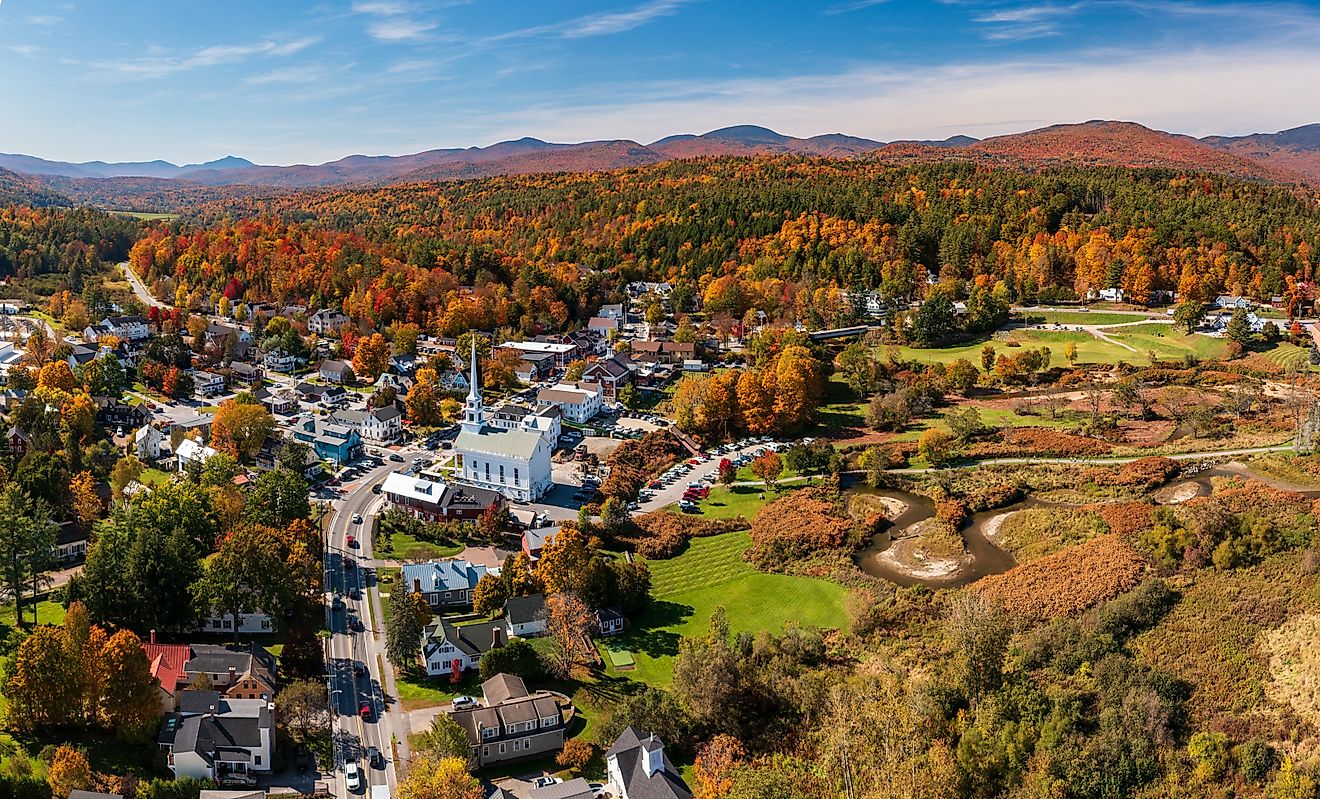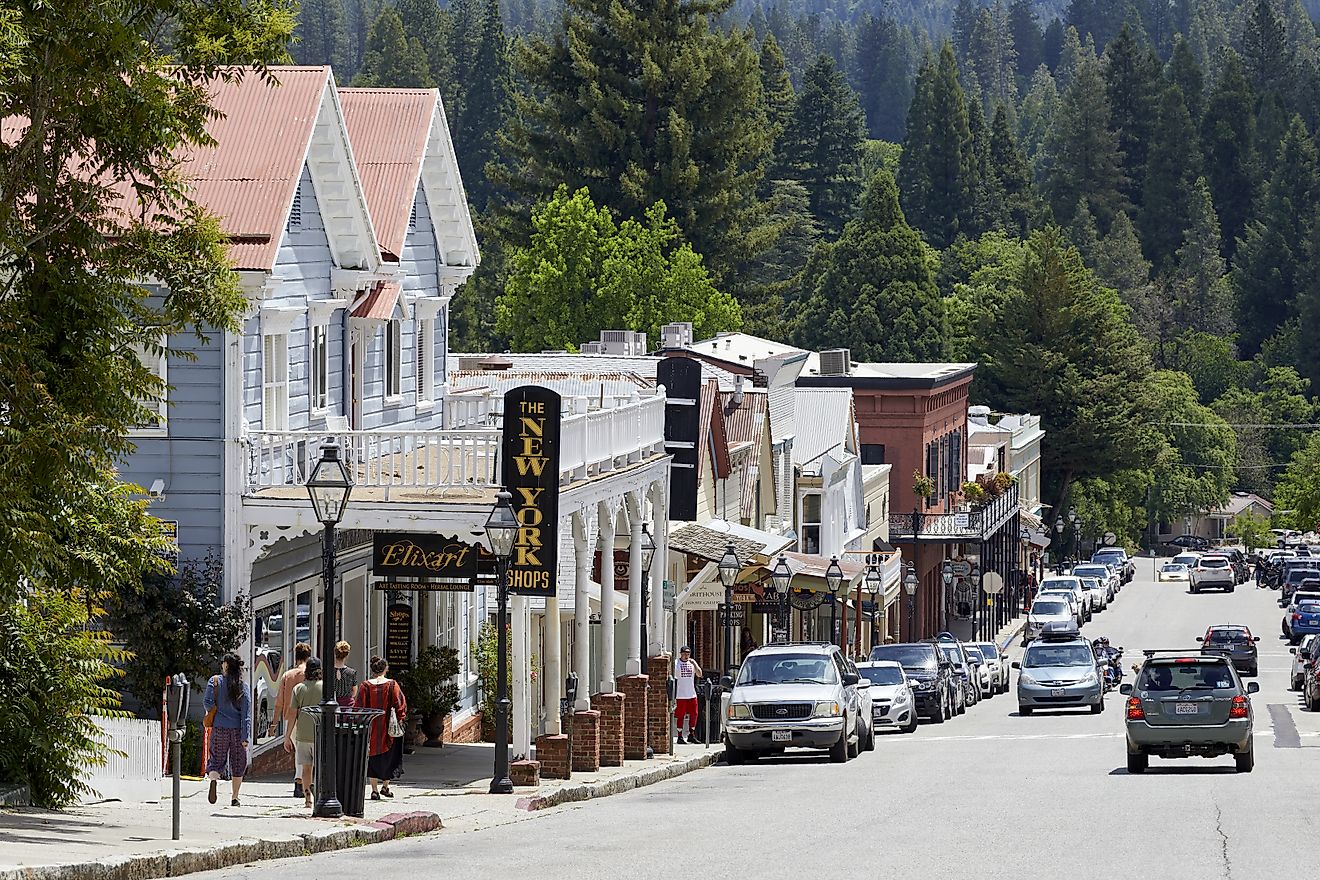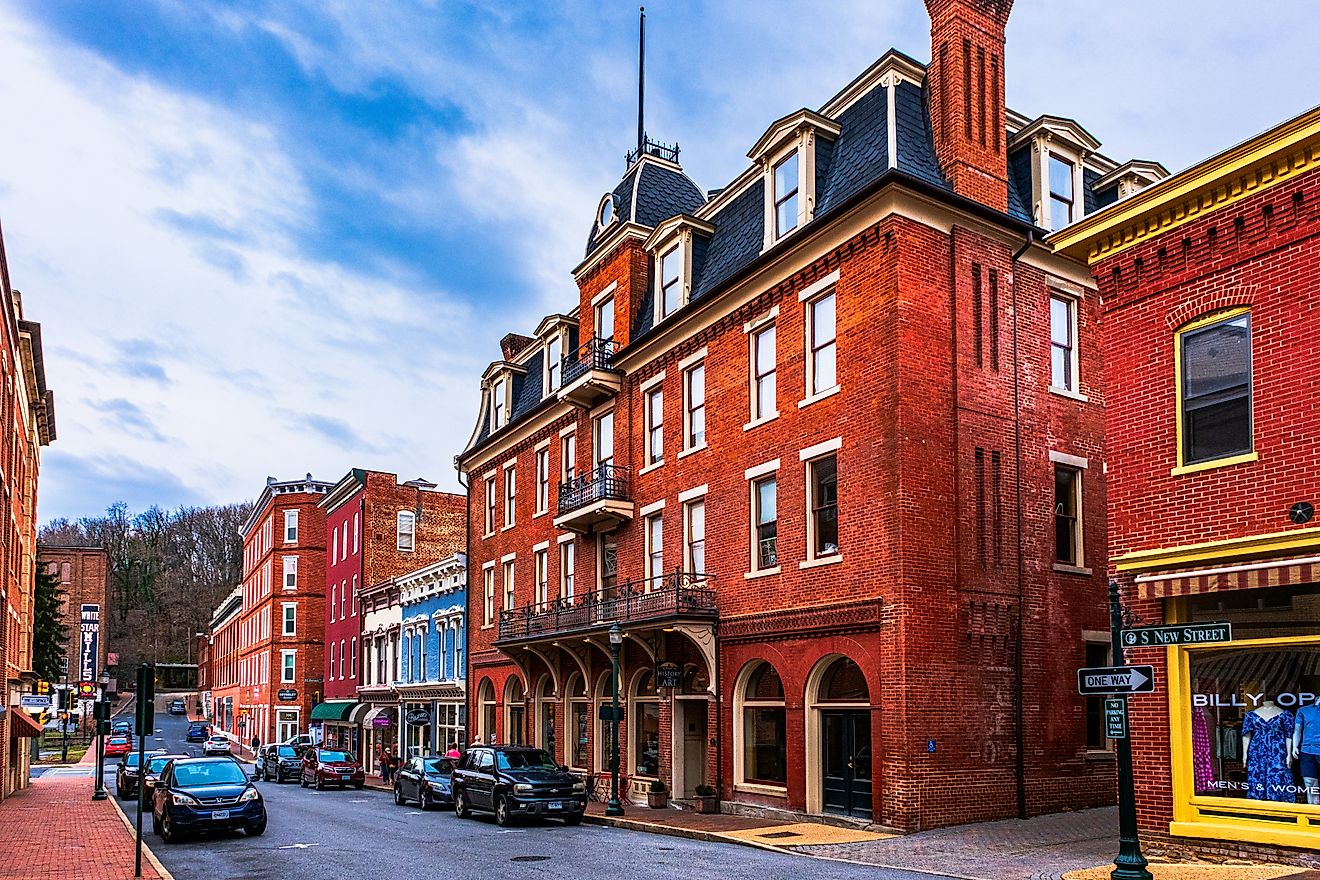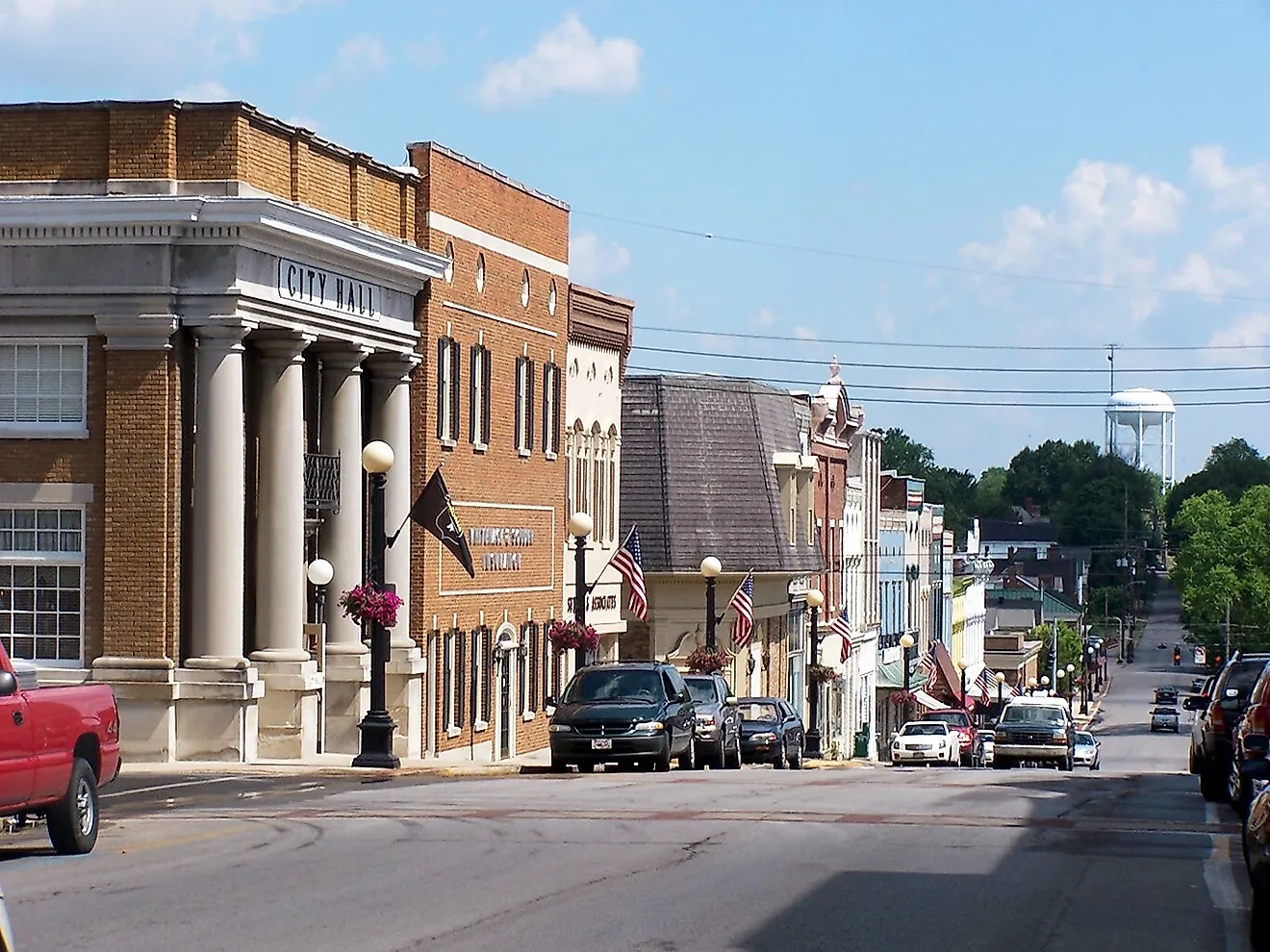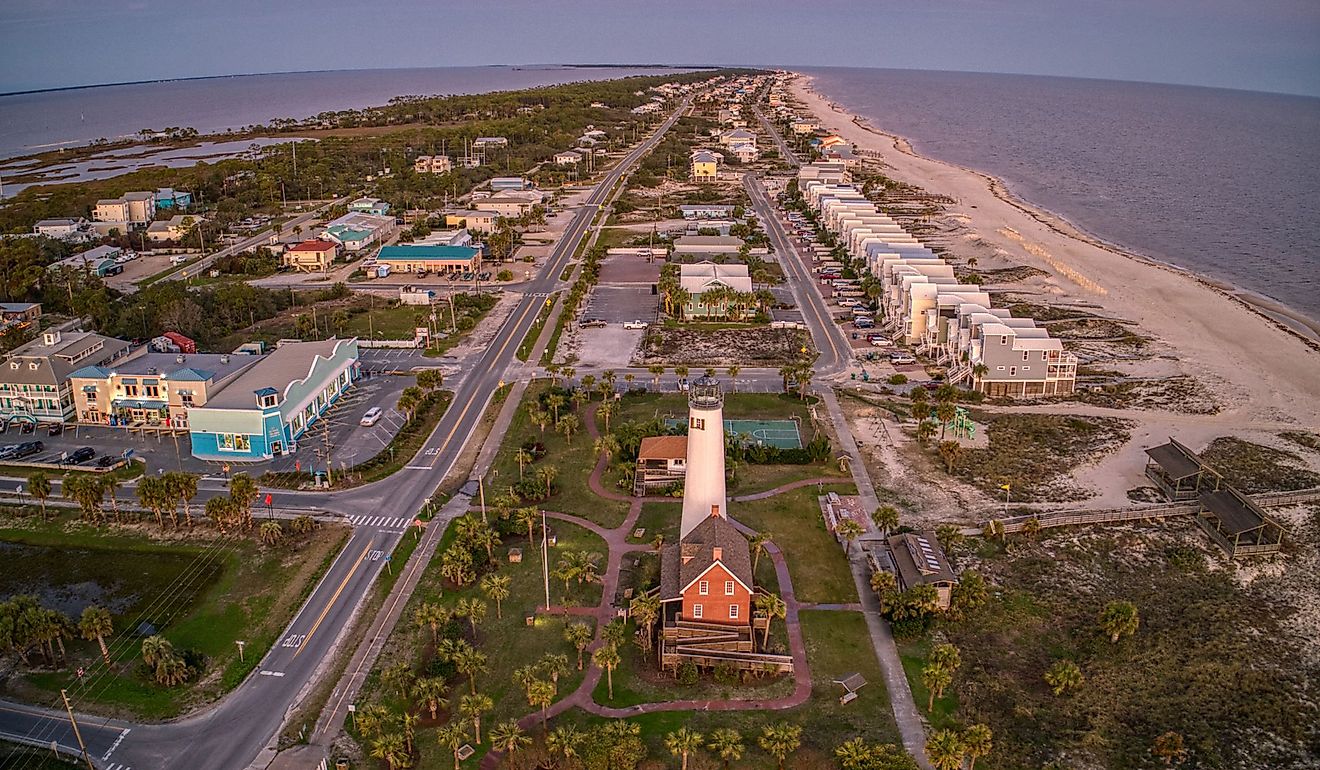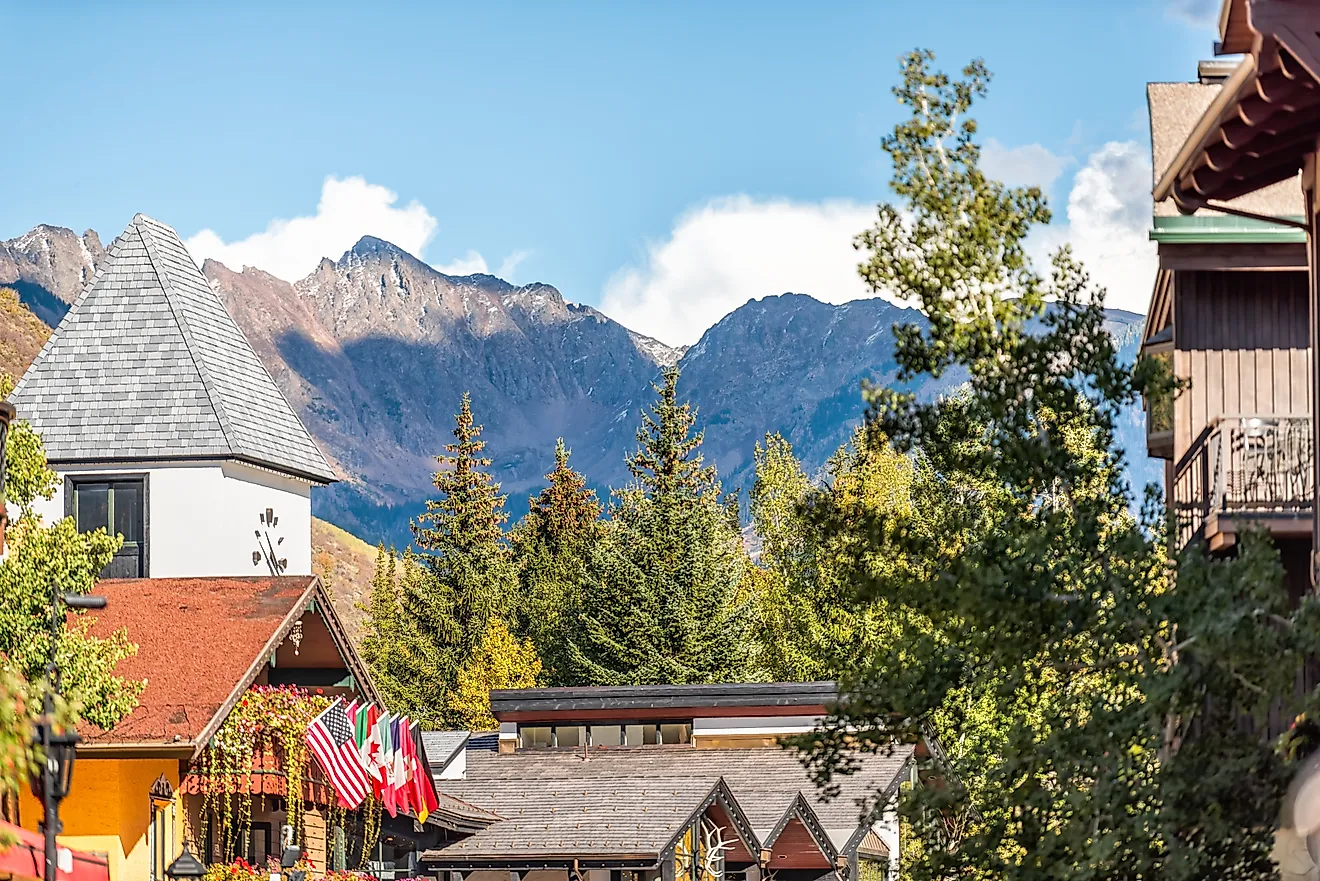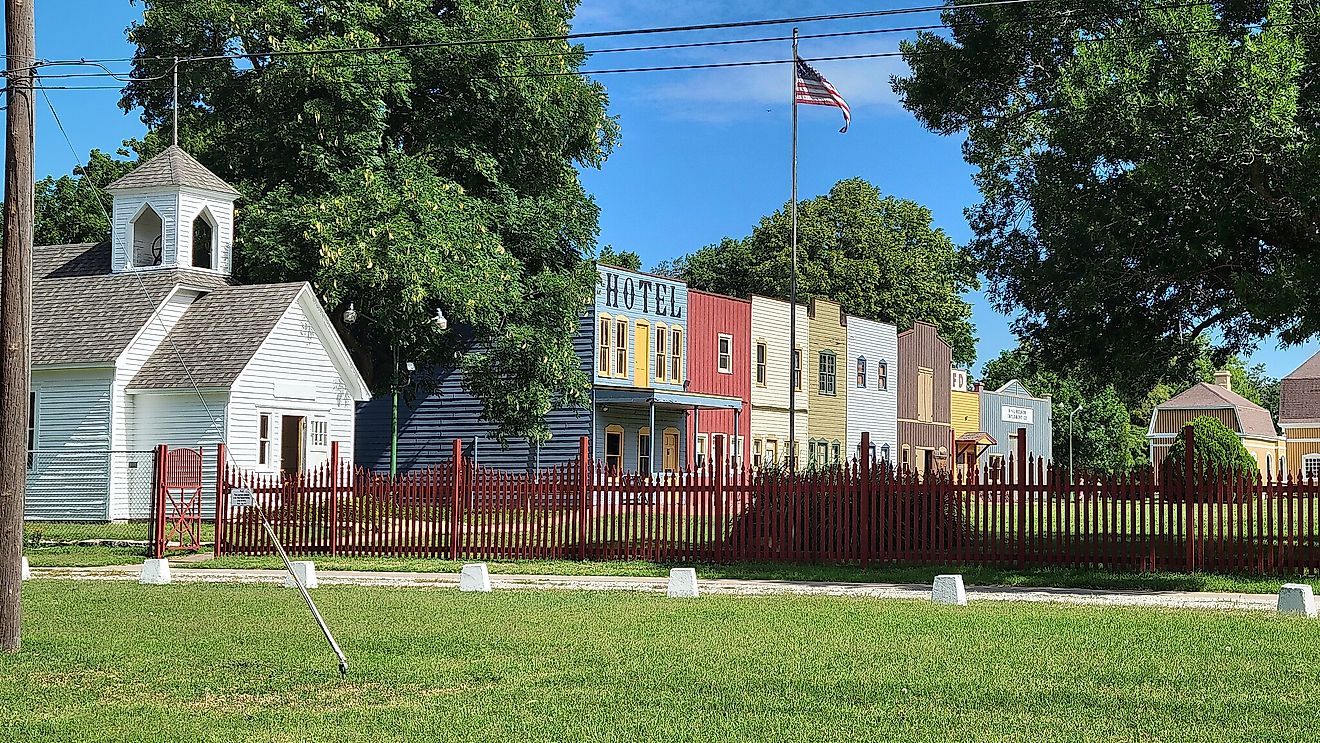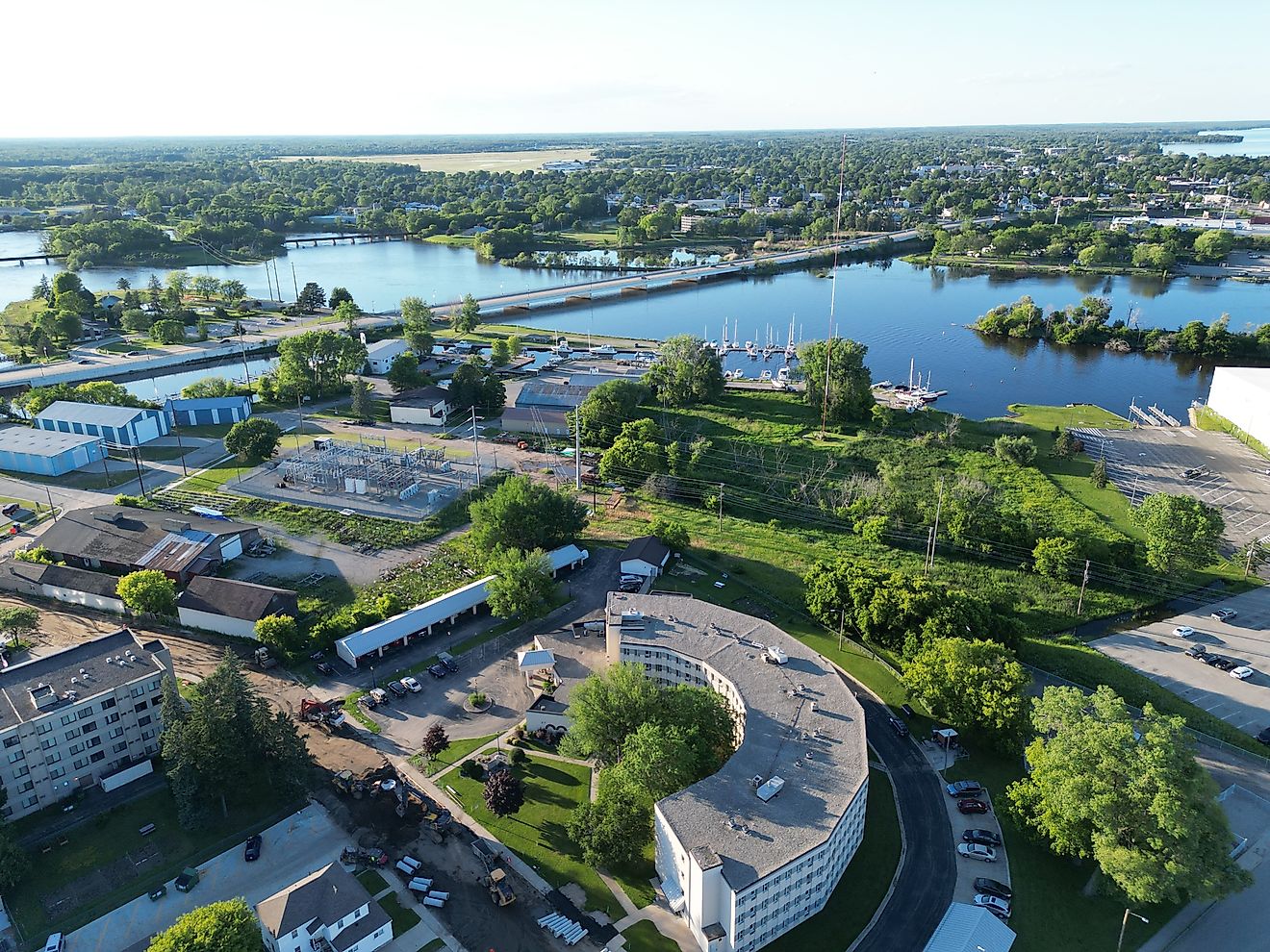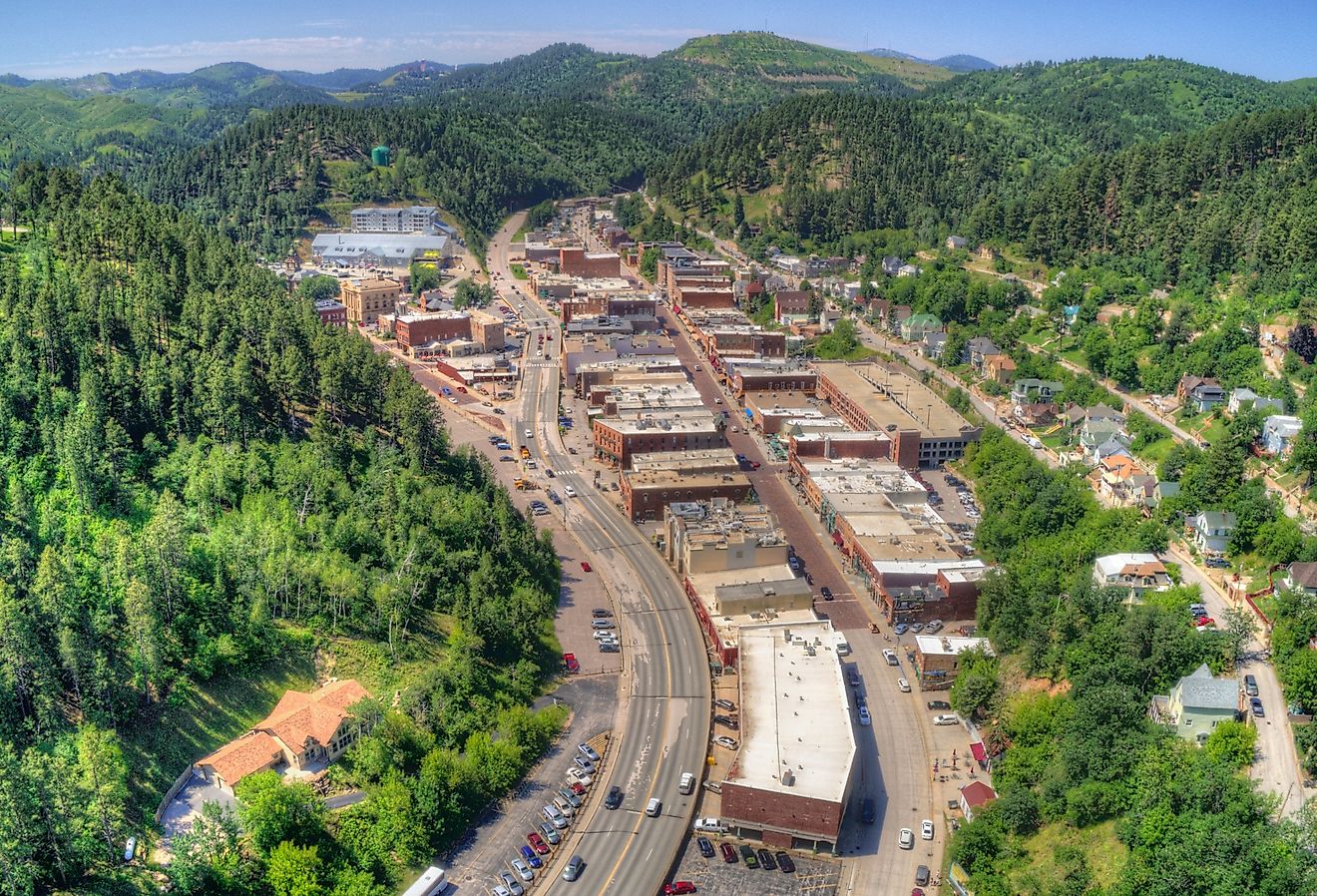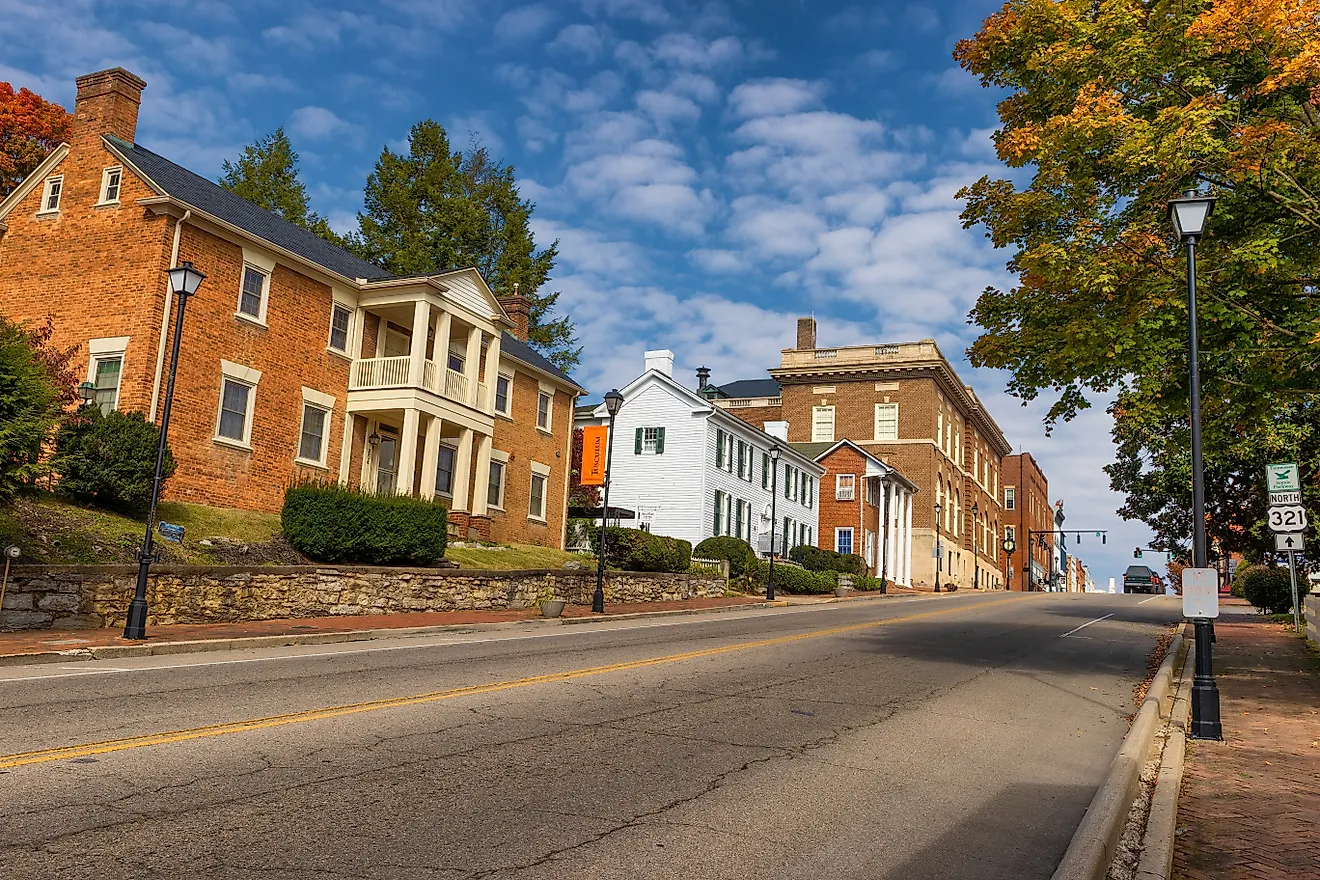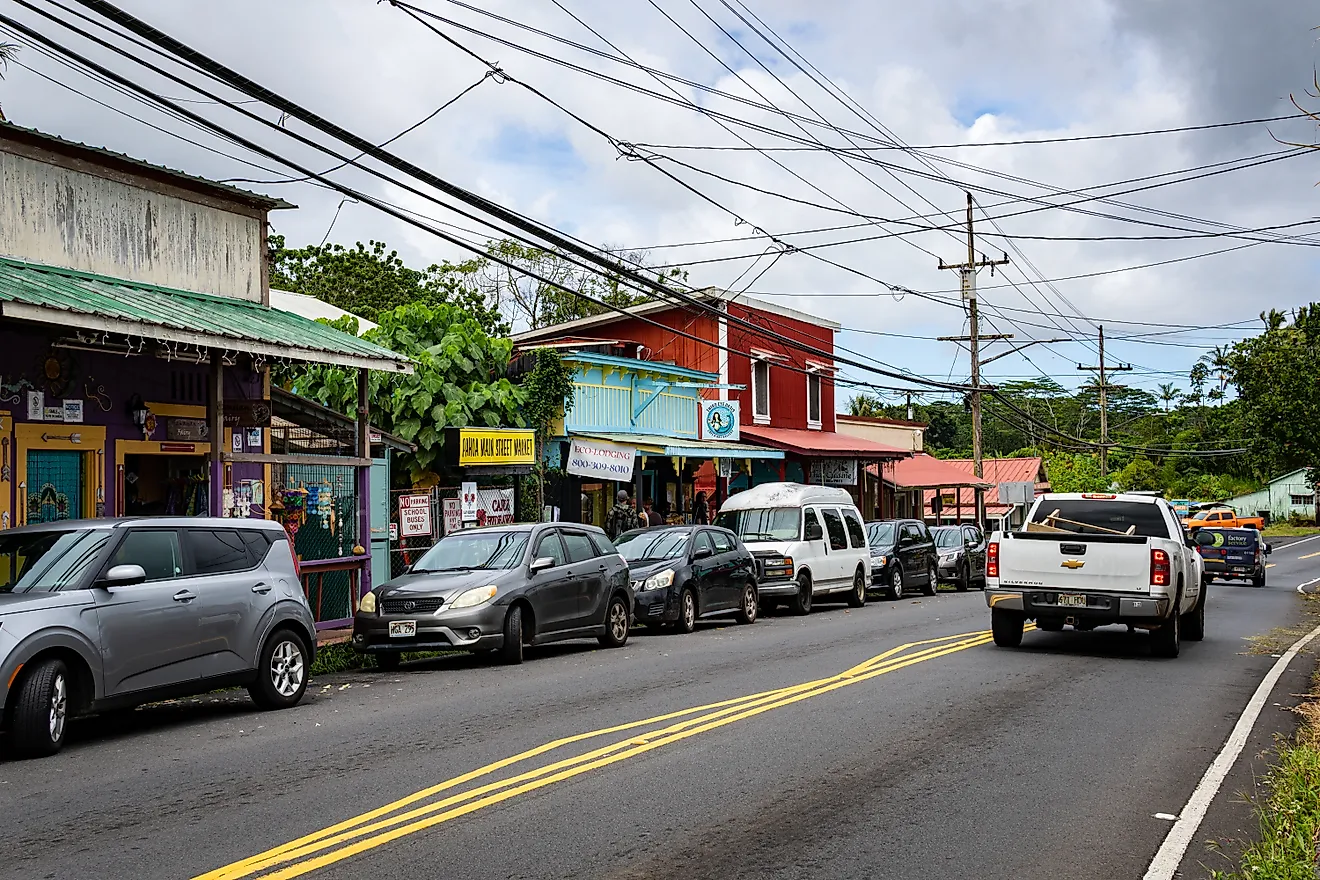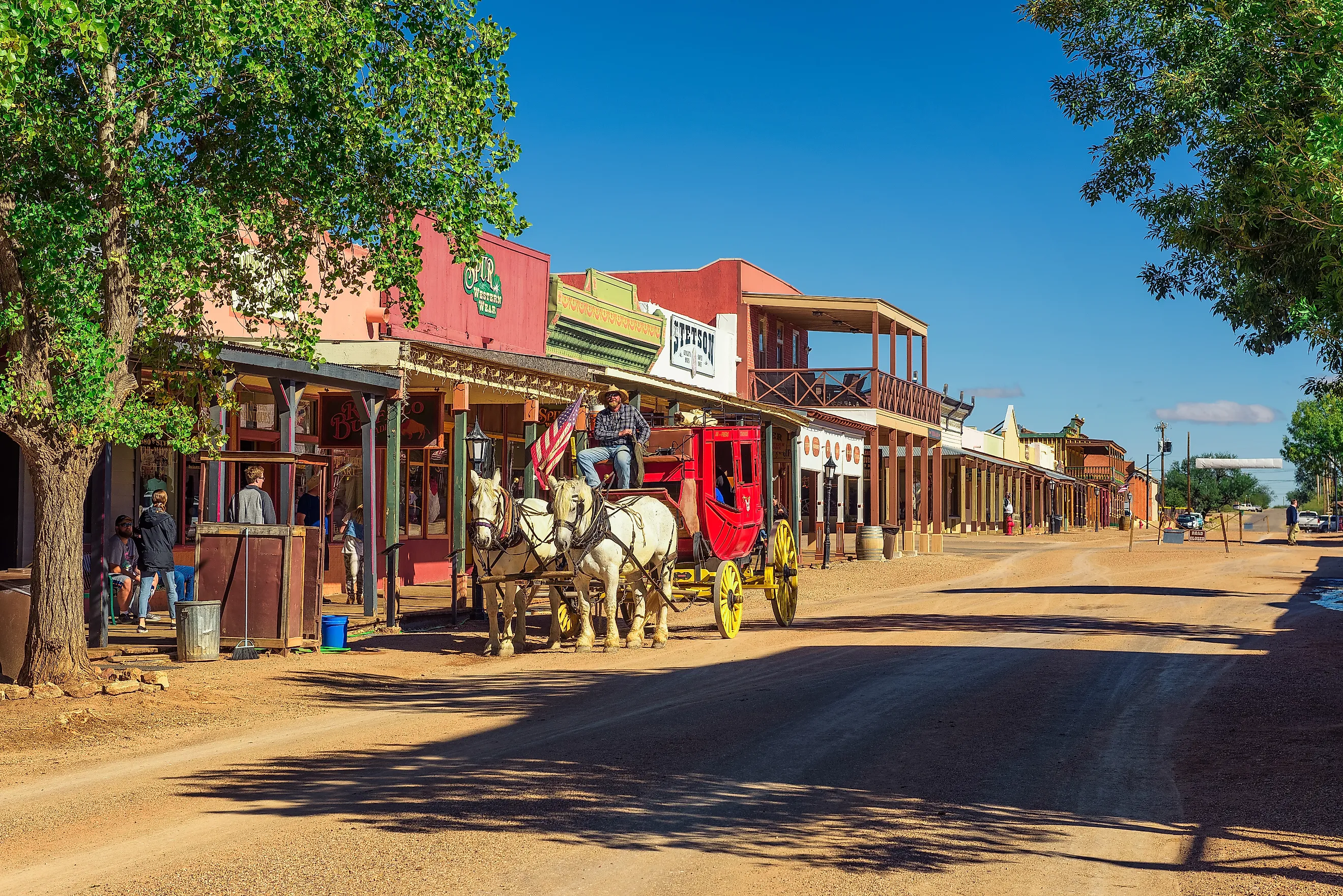
These 7 Arizona Towns Have The Best Historic Districts
Ever stood in front of an original 1800s saloon, jail, and courthouse, all on the same block? Arizona stretches from the Grand Canyon to the Sonoran Desert, bordering California, Nevada, Utah, New Mexico, and Mexico. It was once the land of Apache, Hopi, and other Indigenous nations, and became a U.S. territory in 1863 and a state in 1912. Today, its towns boast early adobe courthouses, frontier saloons, and Main Streets influenced by their railroads and copper mining. Each town listed here boasts a unique, walkable, and preserved historic district with authentic architecture, original landmarks, and stories that can still be seen today. Plan your tour, check the hours, then go see what is left.
Jerome
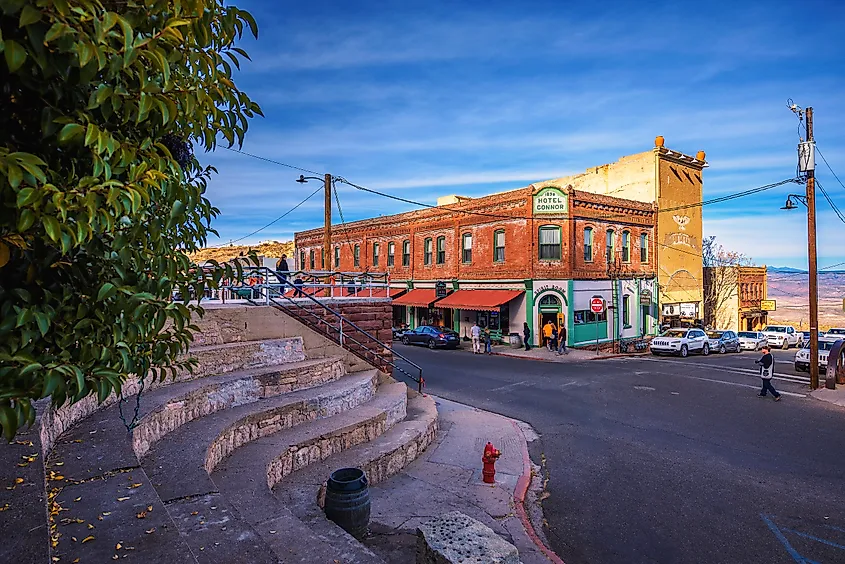
Did you know Jerome’s entire hillside is a registered historic district? Its slanted streets still hold original structures from the early 1900s. Kick things off at the ruins of the Bartlett Hotel, then stroll up the block to the refurbished Connor Hotel, still operating since 1898. Pop into the Rickeldoris Candy & Popcorn Company and discover a century-old building filled with old-fashioned candy.
Then onto Jerome State Historic Park, where the Douglas Mansion indicates life during the copper boom, with maps of the mines, ore samples from the mines, and preserved furnishings. Just downhill is the Sliding Jail that has physically moved from its original location as a result of the underground mines. Cap off your day with a visit to Gold King Mine & Ghost Town, a short drive east, where a private outdoor museum filled with rusting trucks and mining gear is located.
Bisbee
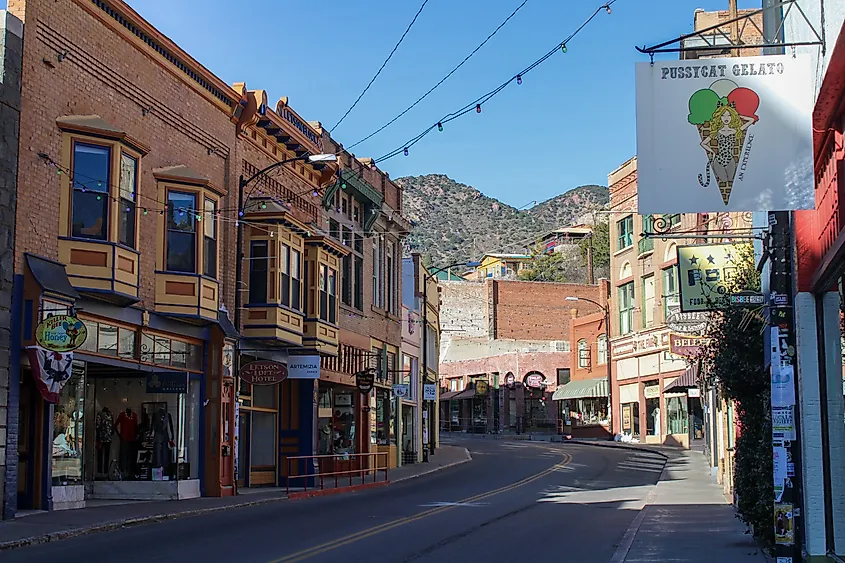
Bisbee’s Old Historic District is one of the best-preserved mining towns in the Southwest. Begin at the Bisbee Mining & Historical Museum, located in the former Phelps Dodge Headquarters. Across the street, visit the Copper Queen Hotel, which is reportedly haunted and has hosted outlaws, dignitaries, and miners.
Continue your walk through the narrow streets of Old Bisbee, making sure to check out the Artemisia Foundation, which has exhibits that present contemporary art in a 100-year-old building. As night falls, take Old Bisbee’s ghost tour to walk past old homes, dark alleys, and buildings where people have reported hauntings; all of which have an origin story tied to the mining days. The Bisbee 1000 Stair Climb in October takes you through this same maze of streets, stairs, and murals.
Prescott
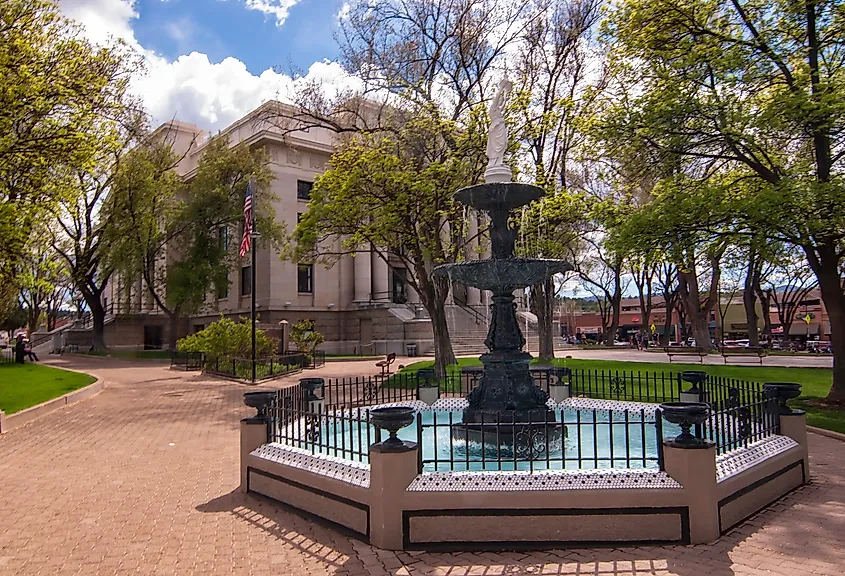
Before Phoenix, there was Prescott. This town held the title of Arizona’s capital. Start at the Yavapai County Courthouse Plaza, where bronze plaques commemorate key events from the 1800s. Then stop at the Prescott Chamber of Commerce to grab a Heritage Trail and History Hunt map, which is a self-guided walking tour of the district. Follow it towards Whiskey Row, a block filled with original 19th-century buildings. Step inside the Palace Restaurant & Saloon and dine in a room that has not changed since 1899. It survived the Prohibition.
A few blocks north is the Sharlot Hall Museum, home to Arizona’s first territorial governor’s mansion. If you plan to visit in early July, the Prescott Frontier Days, Inc. - World’s Oldest Rodeo will have the entire town celebrating.
Cottonwood
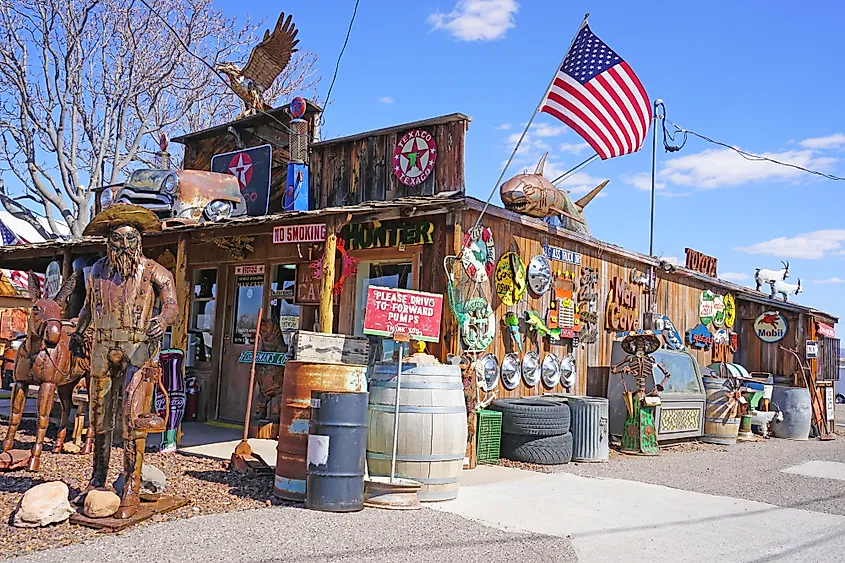
Did you know Old Town Cottonwood started as a farming supply line for soldiers and miners? In the 1870s, it fed Camp Verde troops and supported Jerome’s mining boom. In 1908, the main street was dug by a mule team and is now an anchor for the historic core. The Cottonwood Hotel sits nearby, once associated with Prohibition-style activity. Close to that block, you will find local artwork inside the restored downtown storefront of the Hart of AZ Art Gallery.
At Crema Craft Kitchen & Courtyard, two old buildings with bootlegging tunnels are located under the dining patio area. A couple of blocks away is the Clemenceau Heritage Museum, which tells the town’s history through its rail exhibits and recreated classrooms. In the fall, Walkin’ on Main takes place in the district and includes wine, art, and live music.
Wickenburg
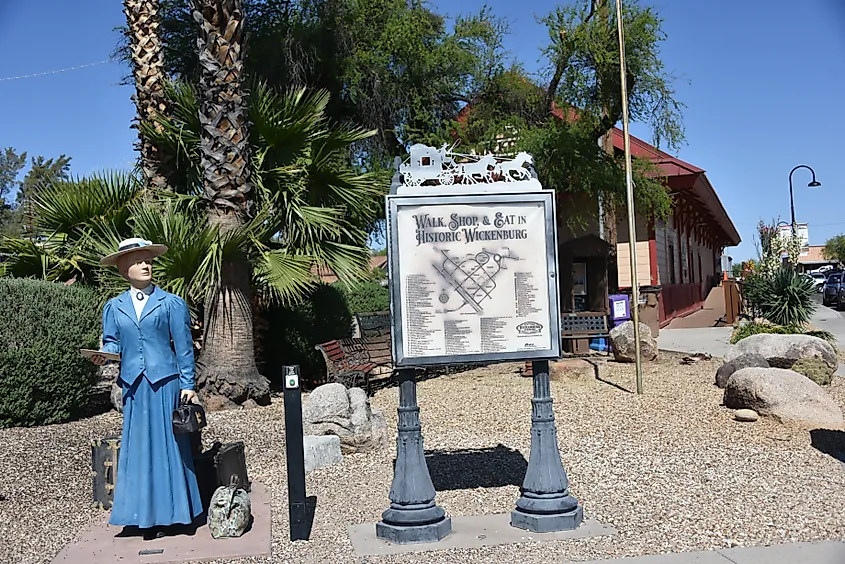
Fun fact: Before it had a jail, Wickenburg shackled drunks and criminals to a mesquite tree that still stands downtown. Between 1863 and 1890, the Jail Tree was the only holding cell in the town. Continue on the Wickenburg Walking Tour, with stops at the Vernetta Hotel, the Garcia Schoolhouse, and Henry Wickenburg’s last home. Then, if you wish, stop by the Desert Caballeros Western Museum, which is housed in a preserved early 1900s building filled with frontier art, various saddles, and Native American artifacts.
Up for a short trip? Drive to the Hassayampa River Preserve, which is ten minutes away, where you can walk the trails through cottonwood groves and the wetlands of the desert. In February, the town has an event called Gold Rush Days, which takes place throughout the town, featuring rodeos, parades, and vendors occupying the historic district.
Tombstone
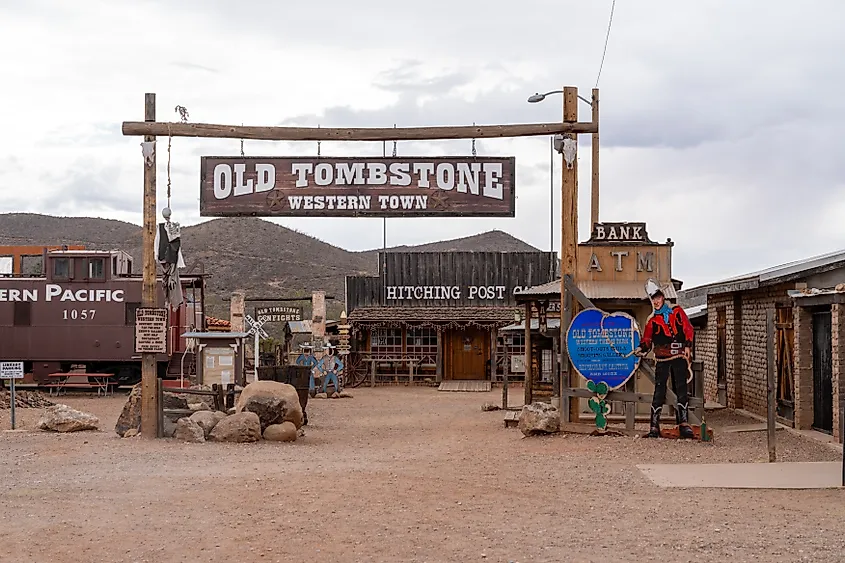
Before it became the inspiration for countless movies, Tombstone was a lawless silver boomtown. Start by exploring Allen Street, where costumed reenactors present staged gun battles at the O.K. Corral. Wander over to Wyatt Earp’s Oriental Saloon & Theater for live music and a drink, while you soak in the vintage atmosphere of this meticulously restored establishment.
You can then take a tour of the Good Enough Mine, which was once the richest silver vein in town, and meander through Boothill Graveyard, where legends rest under rustic wooden markers. And do not miss the exhibits on frontier justice and the local lawmen at the Tombstone Courthouse State Historic Park. If you are visiting in October, consider planning your visit around Helldorado Days, a weekend festival with parades, live music, and historic gunfights all staged in the heart of the district.
Florence
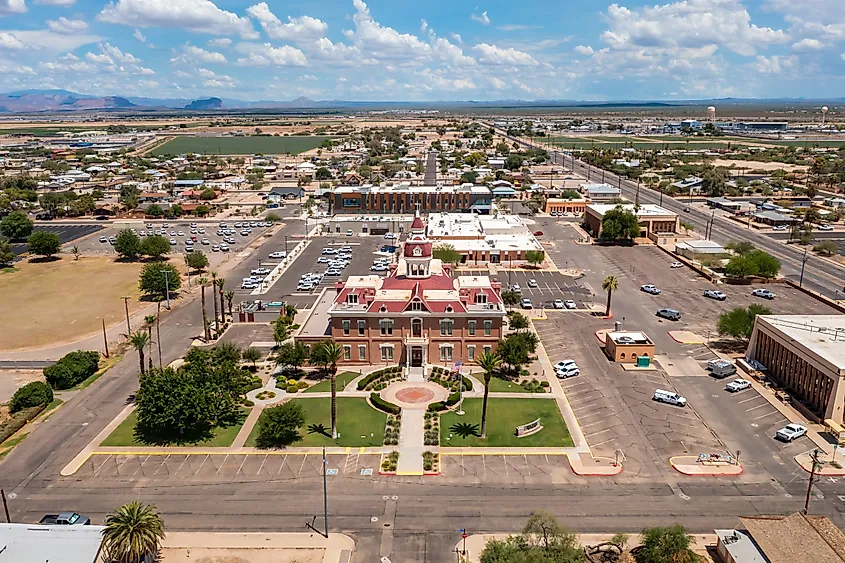
Long before it was a quiet desert town, Florence was a seat of law and government. Today, the Florence Historic District preserves more than 140 buildings, many of which are constructed from native adobe and brick. Begin your visit at the Pinal County Historical Museum, located in the basement of the first courthouse, where artifacts from early Arizona law enforcement and Arizona Territorial life are displayed. Then, drop by The Second Pinal County Courthouse is across the street and is now the building used by the Board of Supervisors. If you would like to look inside, go to the Historical Courthouse and attend their public session.
From here, continue on the timeline with the Annual Historic Florence Home Tour. Last year’s historic program showcased the Queen Anne revival design of the George A. Brown House, a home that is rarely open to the public for viewing, and access to 15 historic properties in the Historic District.
Then And Now
In many of Arizona’s smaller towns, the history is honored, but it is not a museum exhibit. These historic districts have aspects of working neighborhoods that have retained many of their original buildings, walkable streets, and events that have linked yesterday with today. With old courthouses, adobe homes, saloons, and ghost tours, it remains clear that the details are still there. Each of the towns below will give you a way in, whether through a walking tour, a local museum, or even just a front porch still in business after a hundred years. If you want to understand more about Arizona than just Phoenix and Tucson, these towns still have the stories, brick by brick.
